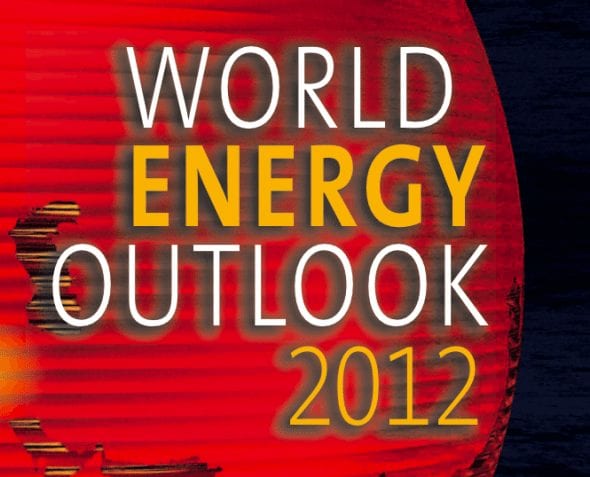The International Energy Agency has raised hopes that time can be bought for the world to finally get its act together on climate change – as long as it implements a rapid uptake of energy efficiency measures.
In its latest World Energy Outlook, the IEA says energy efficiency could buy the world an extra five years to reach conclusive and effective climate change policies. Without such measures,it says, the world by 2017 will have exhausted its carbon budget to try and keep keep the world to an average rise in global temperatures of 2C. It says 81 per cent of that budget has already been used.
The IEA says energy demand out to 2035 could be halved through energy efficiency measures – in the building sector, including appliances, the transport sector and the industry sector. This would require an estimated $US11.8 trillion investment, but this would be more than offset by an $18 trillion reduction in fuel costs.
“These gains are not based on achieving any major or unexpected technological breakthroughs, but just on taking actions to remove the barriers obstructing the implementation of energy efficiency measures that are economically viable,” the agency says. It cites the recent achievements of Japan in reducing consumption as an example of what can be done.
It says its “efficient world” scenario would deliver an economic benefit to the world, making the economy in the US 1.7 per cent larger than it would otherwise have been, and Europe’s 1 per cent larger.
“It reflects a gradual reorientation of the global economy, as the production and consumption of less energy-intensive goods and services frees up resources to be allocated more efficiently,” the IEA notes. “The reduction in energy use and the resulting savings in energy expenditures increase disposable income and encourage additional spending elsewhere in the economy.”
The IEA also anticipates renewable energy sources will continue to grow rapidly – even under the “new policies” scenario where governments talk about action against climate change but don’t really do much. In this scenario, the share of electricity grows to nearly match that of coal by 2035, but in its ” 450 scenario” – where governments do take action to limit global warming to 2C – the share of renewables grows to nearly 50 per cent of the global electricity market, as this graph below shows.
“A rapid expansion of wind and solar power, and a steady increase in hydropower has cemented the position of renewables as an indispensable part of the global energy mix,” the IEA says in its report. It notes this is driven by falling technology costs, rising fossil-fuel prices and carbon pricing, but also by continued subsidies.
How much? The IEA estimates that renewable energy sources attracted $88 billion in subsidies in 2011, and this will need to grow to around $240 billion a year by 2035 if those targets are met. Sounds horrendous? It notes that fossil fuel subsidies in 2011 were $523 billion – a 30 per cent increase over the previous year.
Overall, if the world is to get to the 450 scenario, with greenhouse emissions restricted to 450 parts per millions, the IEA says energy efficiency and renewables will be the two most important abatement measures.
Here’s the table explaining it:










